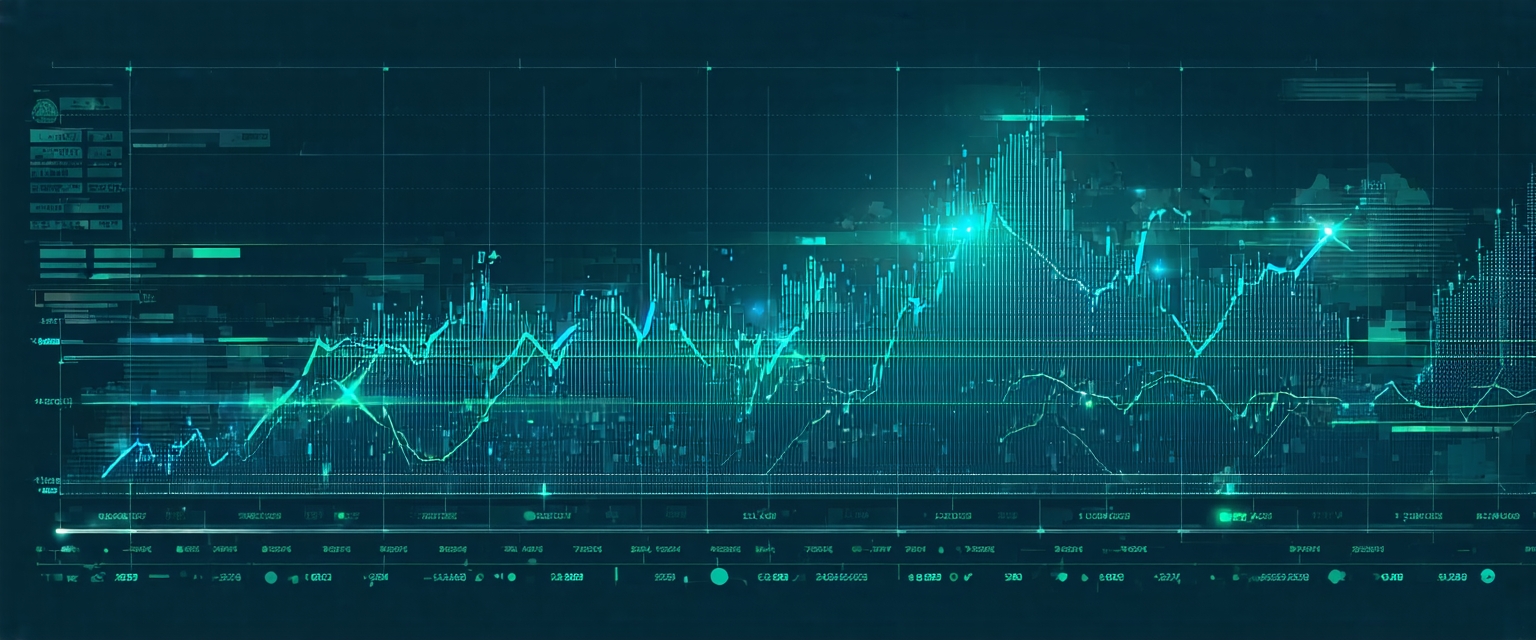






Global markets have experienced heightened volatility in recent months, fueled by a confluence of factors including persistent inflation, rising interest rates, and geopolitical uncertainties. This fluctuating market behavior presents both significant risks and opportunities for investors and businesses alike. Understanding the current dynamics is crucial for navigating the evolving economic landscape.
The current market instability is largely a consequence of the post-pandemic economic recovery. Supply chain disruptions, increased energy prices, and robust consumer demand initially drove inflation to multi-decade highs. Central banks worldwide responded by aggressively raising interest rates to curb inflation, impacting borrowing costs and potentially slowing economic growth.
Geopolitical tensions, particularly the war in Ukraine, have further exacerbated the situation, creating uncertainty about energy supplies and global trade flows. These factors combined to create a complex and unpredictable environment for market participants.
Recent data shows a mixed picture. While inflation appears to be easing in some major economies, it remains stubbornly high in others. Economic growth is slowing in many regions, raising concerns about a potential recession. However, corporate earnings in certain sectors have remained surprisingly resilient, suggesting some level of economic strength persists.
Market sentiment remains fragile, with investors closely monitoring economic indicators and central bank policy announcements. Volatility is expected to continue in the short term, as markets grapple with the conflicting signals.
According to a recent report by the International Monetary Fund (IMF), “the global economy faces significant headwinds,” citing persistent inflation and geopolitical risks as major concerns. Economist Dr. Anya Sharma from the University of London, in an interview with Bloomberg, highlighted the importance of central bank communication in managing market expectations. “Clear and consistent messaging is crucial to avoid further market instability,” she stated.
Data from the S&P 500 index reveals significant fluctuations in recent months, reflecting the overall market volatility. While some sectors have outperformed others, the overall trend points towards a cautious outlook for investors.
The outlook remains uncertain. Significant risks include a deeper-than-expected recession, further escalation of geopolitical conflicts, and a failure to bring inflation under control. However, opportunities exist for investors who can identify undervalued assets and navigate the volatility effectively.
Looking ahead, careful monitoring of economic indicators, central bank actions, and geopolitical developments is essential. Adaptive investment strategies, diversification, and a long-term perspective will be crucial for success in this challenging market environment.
“`